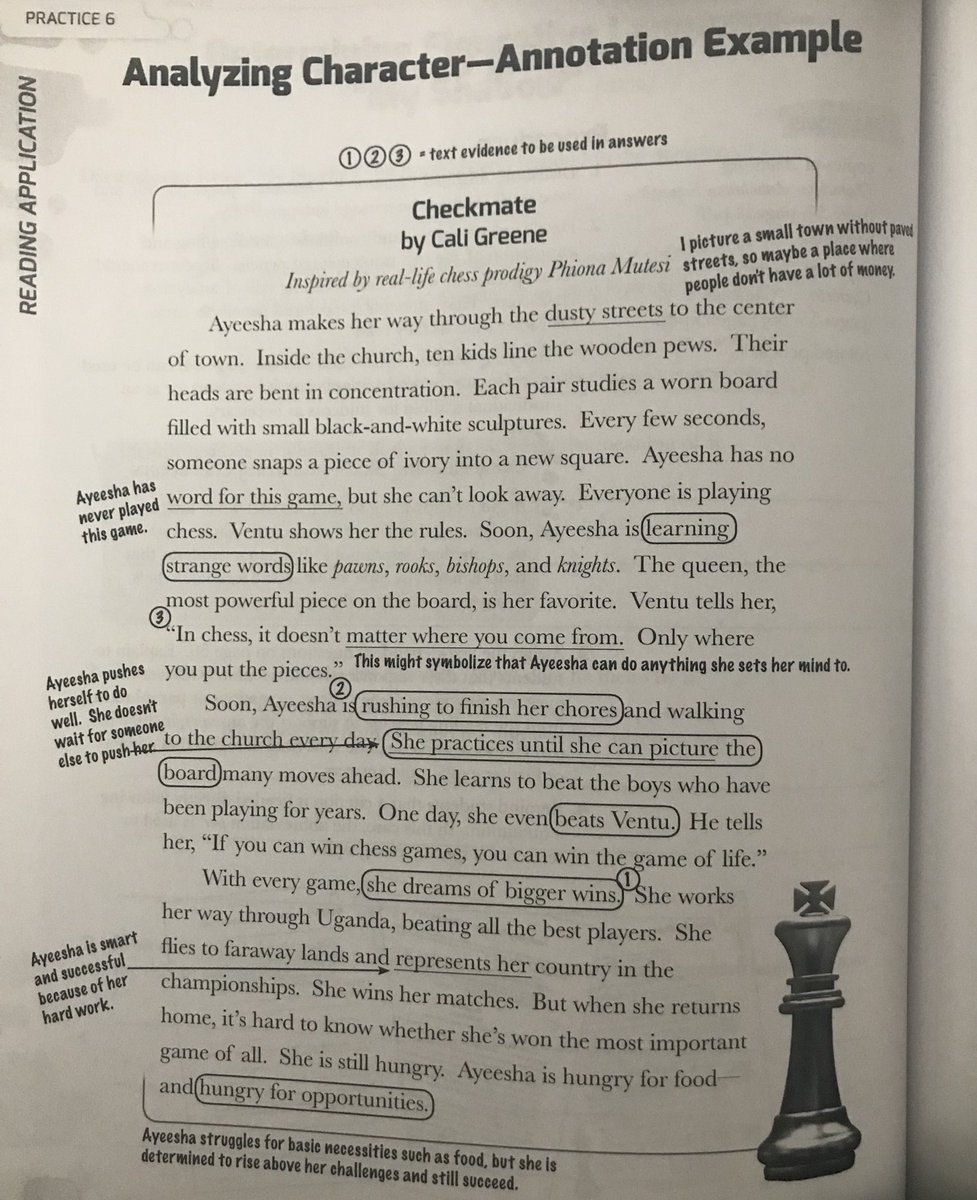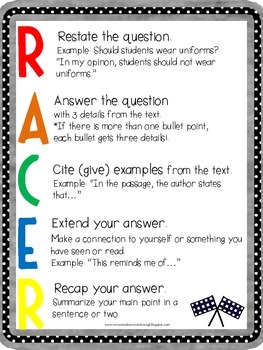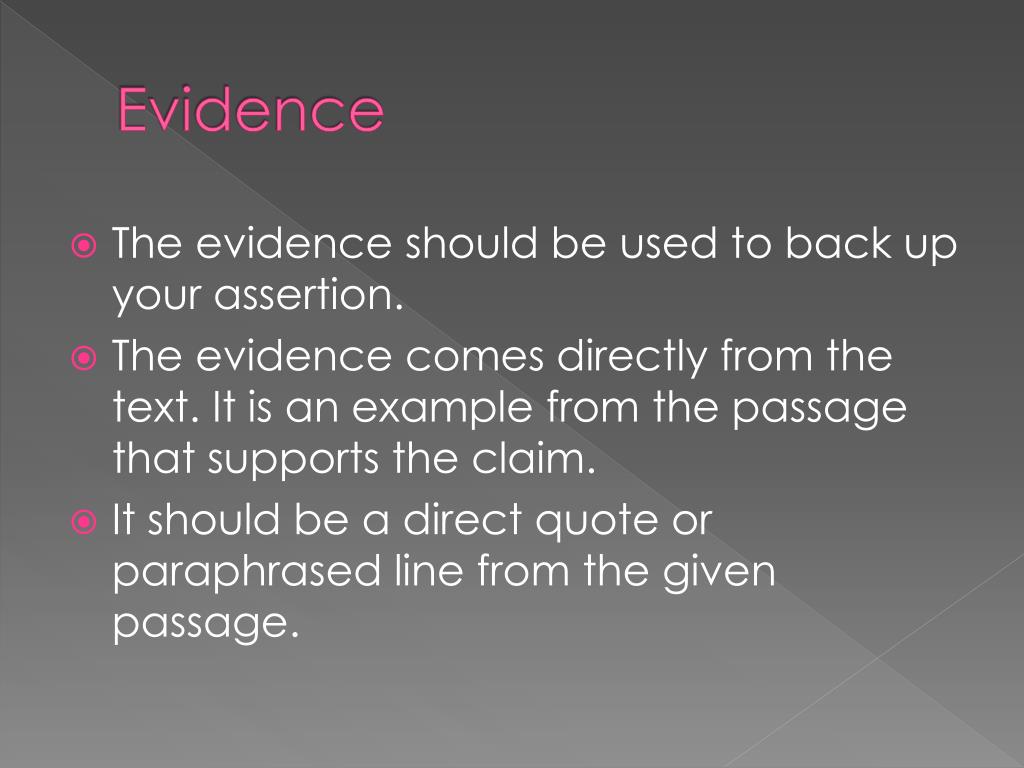

I show students examples of two small (very small) paragraphs. I used to only teach this to my 7th and 8th graders, but this year I introduced it to my 5th graders and they caught on just as well! Below is a quick explanation of the process, as well as a link to buy the powerpoint I use when I introduce the concept! The Concept: In an effort to hook my students and to create an easy way to refer to actually using quotations in writing, I created a method I call the Oreo-method. One thing I have truly learned is that there is a big difference between inserting textual evidence and using textual evidence – and unless you explicitly teach them, most students will simply insert it and call it a day. Me: I want you to actually USE your textual evidence. “ Oh! But he was a tight-fisted hand at the grind- stone, Scrooge! a squeezing, wrenching, grasping, scraping, clutching, covetous, old sinner!” Student Essay: In the beginning of the book, Scrooge is very mean and stingy.

Me: Make sure you use textual evidence to support your point! And yet, this is what I typically get in response: I feel like every day I am repeating these two words like a mantra. Textual evidence, textual evidence, textual evidence.

4 easy ways to use the Error Analysis activity in your math class.Culminating Novel-Reading, without taking a test.Keeping Students Engaged and Accountable When Reading a Novel.Hooking Students Before They Open the Novel.My FAVORITE Way to Hook students into a New Unit.Food, Fractions and Fun with Holes by Louis Sachar.Facilitate Constructive Literature Circles.FUN Halloween Writing Activities that are still Common-Core Aligned.Writing Workshop Series: What is a Mini-Lesson?.Writing Workshop Series: Prepping for your WW.Writing Workshop Series: Deciding What to Assign.Common Core Aligned Online/In Person Hybrid Discussion.5 Ways to Make Class Debates Meaningful.Cross-Curricular Mini-Unit: The Story of Bill.Floor Venn Diagrams: 5 ways to apply this strategy (with minimal planning!).The Perfect PBIS Reward (and it won’t cost you a penny!).Quick and Easy Classroom Management Tip that Keeps Students Guessing.Quick Tip: Organizing Student Usernames.Quick, Easy and Effective Positive Reinforcement.You need to show that you understand the material from your source by being able to paraphrase and summarize it. Try to keep direct quotes to a minimum in your writing. All direct quotes should appear in quotation marks: "." It is an exact quotation directly from the text of the article. The source authors are part of the sentence, and the year of publication appears in parentheses next to the author name(s). Information is directly quoted, using quotation marks "." around the cited material. Stuckey and Nobel (2010) noted, "it has been shown that music can calm neural activity in the brain, which may lead to reductions in anxiety, and that it may help to restore effective functioning in the immune system." Hint: (Use an ampersand between author names when they appear in parenthetical citations.) The source is cited at the beginning or end of the paraphrased/summarized material. (LASTNAME, YEAR) - NO FIRST INITIAL, NO ARTICLE TITLE. Studies have shown music and art therapies to be effective in aiding those dealing with mental disorders as well as managing, exploring, and gaining insight into traumatic experiences their patients may have faced. Sample In-text Citations Parenthetical In-text Citation: copying so many words or ideas from a source that it makes up the majority of your work, whether you give credit or not (see our section on "fair use" rules).changing words but copying the sentence structure of a source without giving credit.giving incorrect information about the source of a quotation.failing to put a quotation in quotation marks.copying words or ideas from someone else without giving credit.turning in someone else's work as your own.It involves both stealing someone else's work and lying about it afterward.Īll of the following are considered plagiarism: In other words, plagiarism is an act of fraud. to present as new and original an idea or product derived from an existing source.to use (another's production) without crediting the source.



 0 kommentar(er)
0 kommentar(er)
